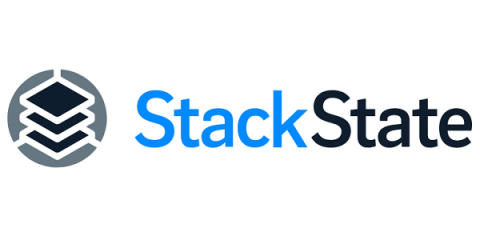Restarting Kubernetes Pods: A Detailed Guide
This blog will help you learn all about restarting Kubernetes pods and give you some tips on troubleshooting issues you may encounter. Kubernetes pods are one of the most commonly used Kubernetes resources. Since all of your applications running on your cluster live in a pod, the sooner you learn all about pods, the better.





